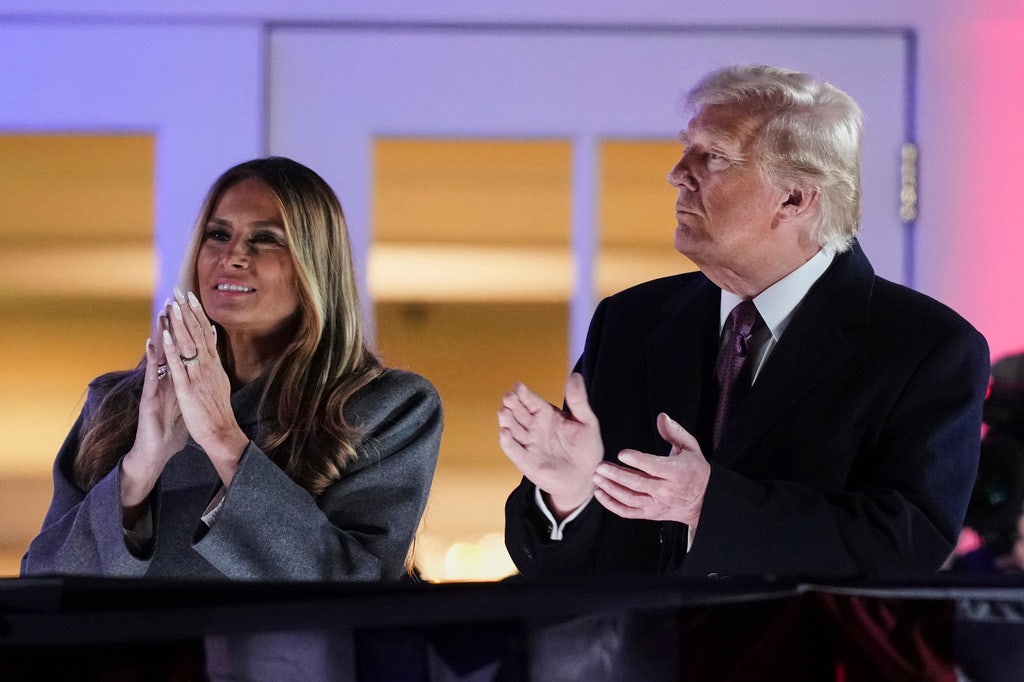Even though both Nami and Tomoyuki were born on Okinoerabu Island (currently home to only 12,000 inhabitants), neither learned to speak Shimamuni – a local variety of the Kunigami language – fluently as children.
Kunigami was added to UNESCO’s Atlas of the World’s Languages in Danger in 2009 and classified as “definitely endangered” to raise public awareness that “children no longer learn the language as a mother tongue in the home.”
A family takes action
After learning that the indigenous language of Okinoerabu Island was officially considered endangered, the couple and their four children took it upon themselves to translate their love for language into impactful actions that have since resonated far beyond the island.
Okinoerabu Island residents were not just concerned about losing a language, but also increasingly alarmed by the proliferation of marine litter. In what began as a school project assigned over the summer break, the Sao children decided that they could tackle both issues simultaneously by performing daily beach clean-up while engaging in language activities, such as singing and keeping a diary in Shimamuni to document their day-to-day progress.
Residents of Okinoerabu Island collect rubbish on a beach.
Leveraging the Shimamuni vernacular as a thread of shared local identity connecting people from diverse walks of life, the Sao family has since expanded its conservation pursuits to include cooking local delicacies, providing haircuts to residents of nursing homes, learning arts and crafts at the community centre and participating in a “Shimamuni Salon” where language lessons are offered and local environmental issues are regularly discussed. The goal is to cultivate the next generation of eco-conscious Shimamuni speakers.
“Without these community-driven activities, the language would become extinct with the passing of its elderly speakers,” said Dr. Sumittra Suraratdecha, assistant professor of linguistics at the Research Institute for Languages and Cultures of Asia (RILCA) in Thailand.
Linguistic diversity and sustainable development
When queried about the underlying motivation for his family’s involvement in such a broad range of activities, the thoughtful Tomoyuki cites the urgency of reaching the ambitious Sustainable Development Goals (SDGs) by 2030.
He felt that rather than imparting to his children knowledge that he acquired through formal education 20 to 30 years ago, it would be better to support their learning by doing and thereby facilitate their accumulation of real-life experiences that will empower them to make a difference.

Residents of Okinoerabu Island prepare local delicacies.
As it turns out, the Shimamuni language not only serves as a vehicle for transmitting local knowledge, such as traditional dessert recipes, to the island’s youth, it also improves the efficiency of communication about environmental issues to elderly islanders, some of whom once harboured the mistaken belief that marine litter should simply be left to degrade on its own.
Given the current global reality of burgeoning non-degradable waste and microplastics, the Shimamuni mother tongue helps to convey the true extent of the problem to senior residents with greater immediacy.
Reflecting on the circumstances of the Sao family and their creative response to local ecocultural challenges, Kyungah Kristy Bang, a consultant for multilingual education at the UNESCO regional office in Bangkok and coordinator of the Asia-Pacific Multilingual Education Working Group, remarked that “celebrating linguistic diversity can be an effective tool and solution to achieving the SDGs at the local level.”
Recognition on a global stage
In October 2023, the Sao family had the opportunity to present their inspiring story at the seventh International Conference on Language and Education, in Bangkok, Thailand.

The Sao family
As representatives of Okinoerabu Island participating in a major international conference co-hosted by UNESCO, they attended the event, which drew over 450 language experts and participants from all over the globe.
The Sao family garnered island-wide support, as the two principal towns on the island united in helping to prepare the family’s presentation videos and cover a portion of their travel expenses.
“While the conference brings together various stakeholders, such as policy makers, practitioners and researchers who share their experiences with language in education, we often forget that there is more often an entire team or community, or in such case a family, driving the sustainability of linguistic diversity,” said Brandon Darr, a education consultant with UNESCO’s regional office.
For Tomoyuki, achieving recognition on an international stage has only served to strengthen his family’s guiding sense of purpose.
“Our goal is to live a mentally abundant life,” he said.
His wife concured.
“When our children grow up, they can live anywhere,” she said, “but I want them to preserve their language and culture in their hearts.”
Launched in 1996 with some 600 endangered languages mapped globally, the Atlas continues to thrive today as an interactive online tool premised on the belief that linguistic diversity underpins sustainable development and fosters equitable and pluralistic societies.
Learn more about the Atlas and the languages it protects here.





